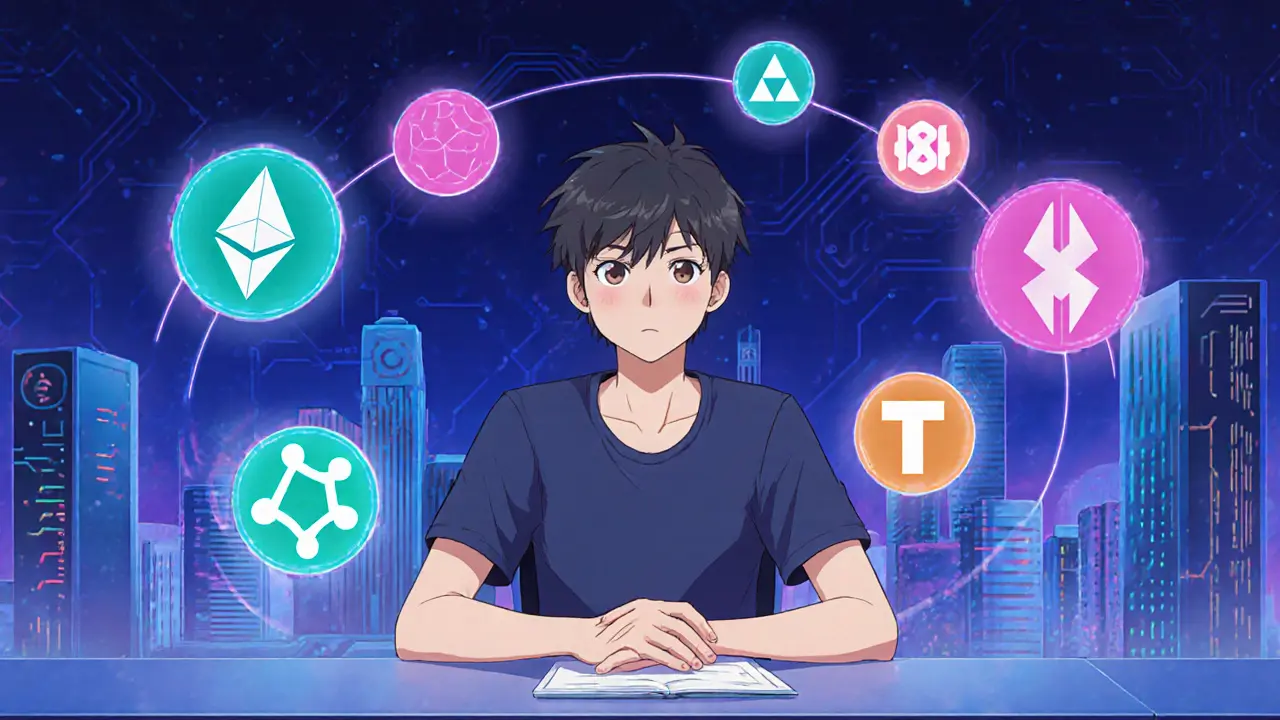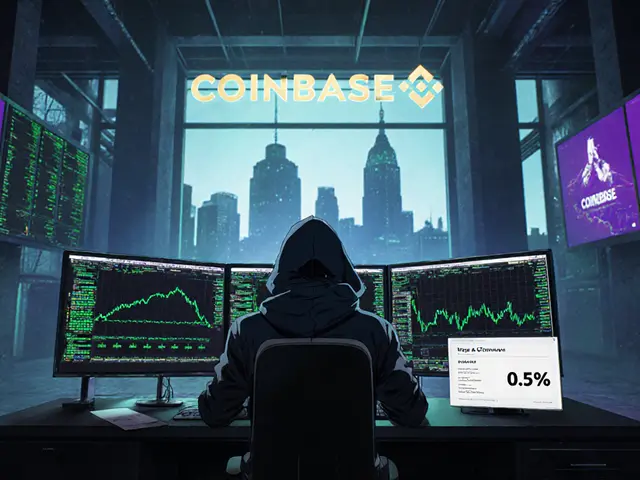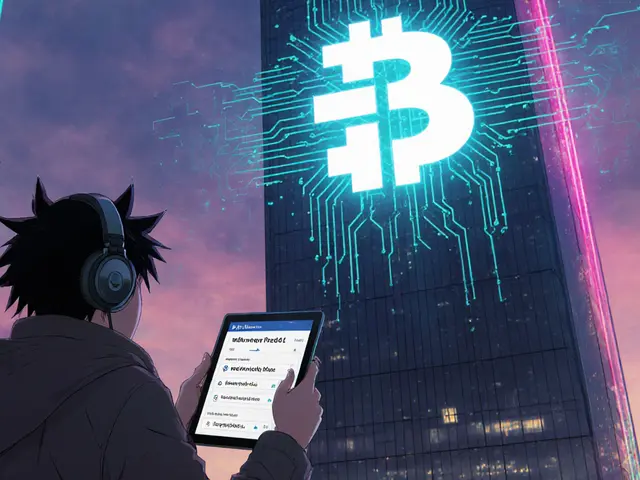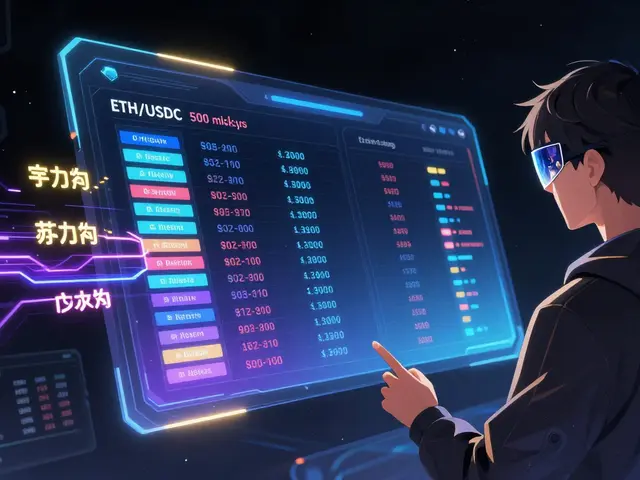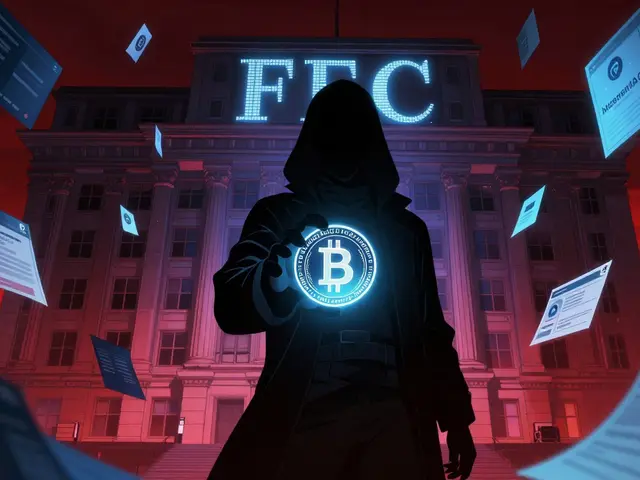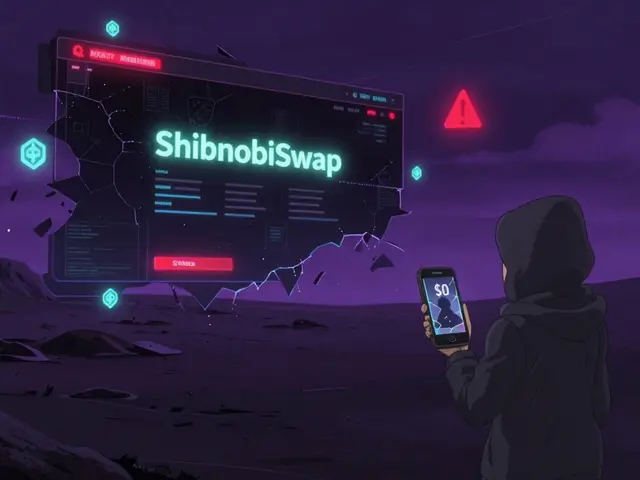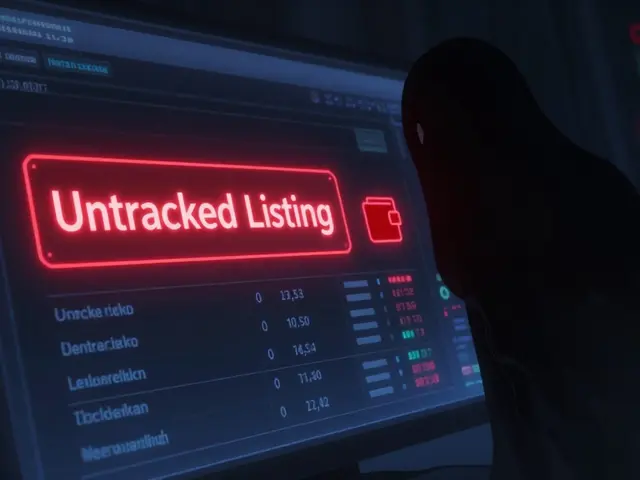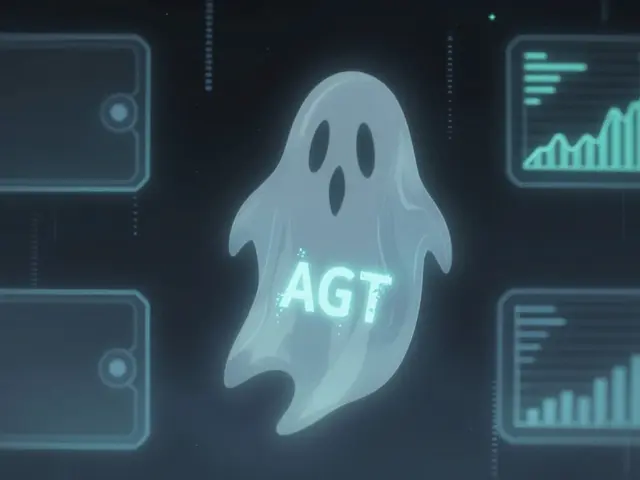NFT standards: the backbone of crypto collectibles
When working with NFT standards, a collection of protocol rules that make non‑fungible tokens interoperable and trustworthy. Also known as token standards, they tell wallets how to display an asset, tell marketplaces how to list it, and tell developers how to code the underlying smart contract. The most common ERC‑721, the original single‑asset interface on Ethereum that defines ownership, transfer events, and a unique token ID set the foundation for early NFTs like CryptoPunks and Decentraland parcels. As the market grew, creators needed a way to bundle many items in one contract, which led to ERC‑1155, a multi‑token standard that supports both fungible and non‑fungible assets, reducing gas costs and simplifying batch transfers. Alongside these interfaces, a metadata schema, a JSON template that describes an NFT’s image URL, traits, creator info, and provenance ensures that anyone pulling data from the blockchain can render the item correctly, whether on OpenSea, Rarible, or a custom gallery.
Why the standards matter for creators, traders, and builders
If you’re minting a new collectible, you’ll pick either ERC‑721 for a one‑off masterpiece or ERC‑1155 if you plan to issue a series of items like game skins or tickets. The choice directly impacts how gas‑efficient your launch is and how easily secondary markets can index your work. For traders, the standards act like a safety net: a marketplace that respects ERC‑721 will always show a token’s owner history, while ERC‑1155 compliance guarantees that batch swaps won’t break the contract. Developers building wallets or analytics tools rely on the smart‑contract interface, the set of required functions (balanceOf, ownerOf, safeTransferFrom) that any compliant token must expose to pull reliable data. Without a shared standard, every new token would need a custom parser, slowing down innovation and increasing the risk of bugs.
Below you’ll find a curated mix of articles that dig into the nitty‑gritty of each standard, compare their trade‑offs, and walk you through real‑world use cases—from gaming airdrops to high‑value art drops. Whether you’re a beginner trying to understand why your NFT shows a broken image, or an experienced dev looking to future‑proof a multi‑token launch, the pieces here will give you the context you need to make informed decisions and avoid common pitfalls.
NFT Standards Across Blockchains: A Practical Guide
Learn the differences between NFT standards like ERC-721, ERC-1155, SPL, FA2 and more. Compare costs, speed, and use‑cases across Ethereum, Solana, Polygon, Flow, and Tezos.

